Why Does Your Calf Have an Unhealthy Big Belly?
A calf with a big belly may develop this condition due to several factors. These can range from normal growth and dietary changes to potential health issues.
No products in the cart.

A calf with a big belly may develop this condition due to several factors. These can range from normal growth and dietary changes to potential health issues.
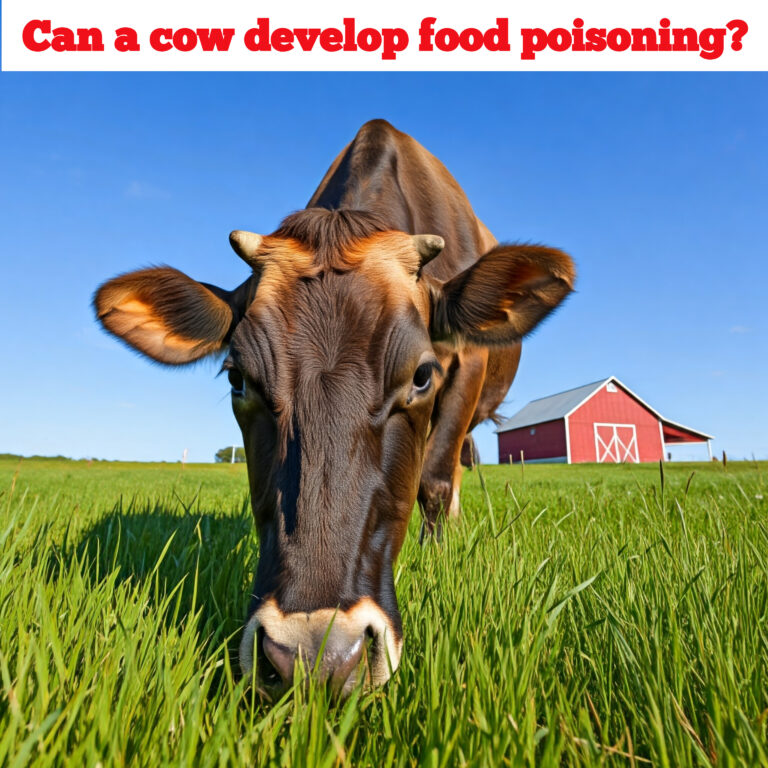
Cows cannot develop food poisoning in the same way that humans do. Food poisoning in humans is typically caused by consuming food contaminated with bacteria, viruses, or toxins. However, cows have a complex digestive system that is adapted to process a variety of plant-based materials, including potentially harmful substances.
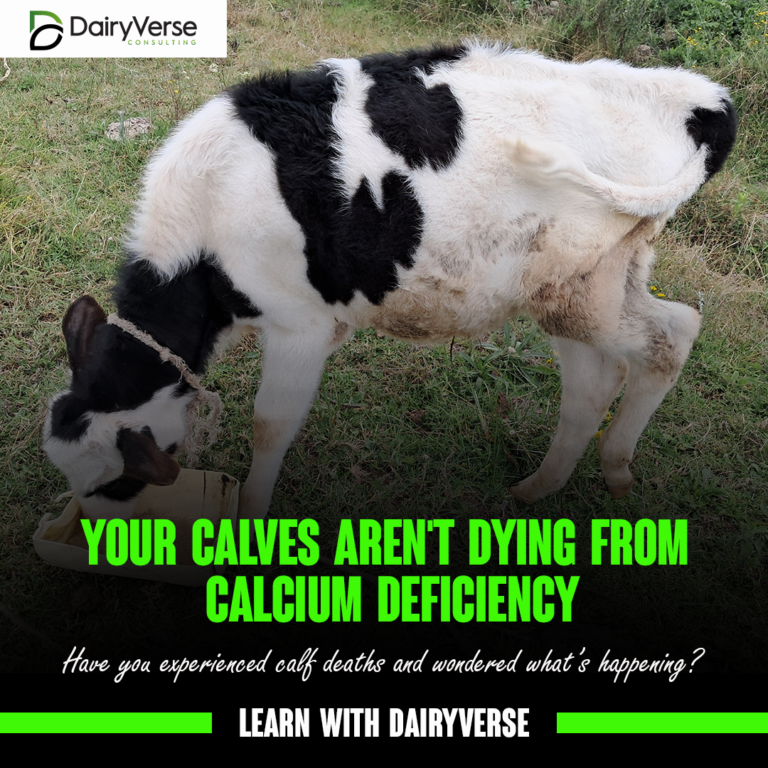
When calves fall sick or fail to thrive, many farmers immediately suspect calcium deficiency. While calcium is vital for growth and skeletal health, it’s rarely the root cause of mortality in young calves. Instead, the problem often lies in management practices, nutrition, or underlying diseases that weaken the calves before calcium deficiency even becomes a concern.
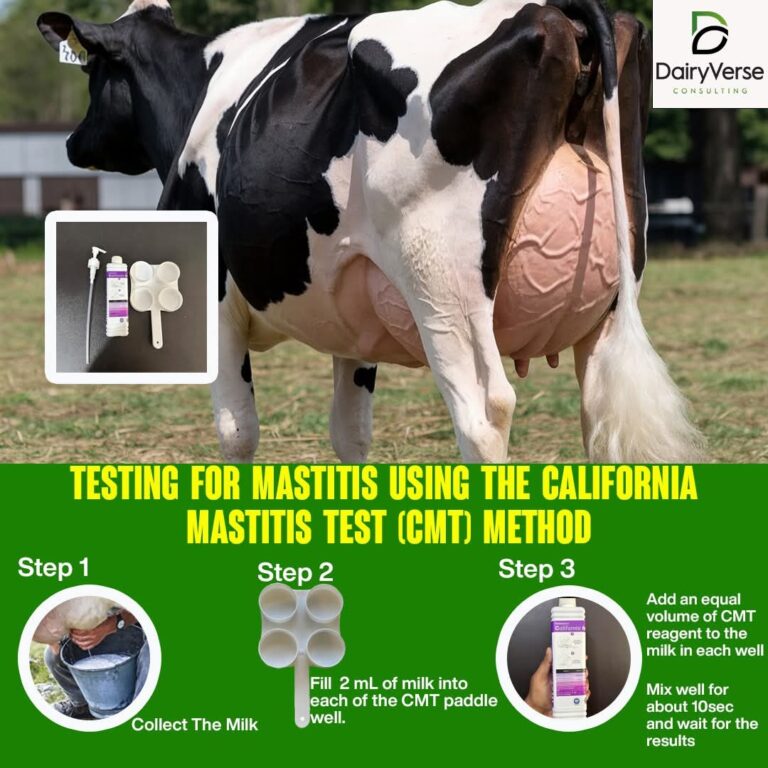
The California Mastitis Test is an invaluable tool for dairy farmers to detect mastitis early and maintain herd health. Regular testing, combined with proper hygiene and management, can significantly reduce mastitis cases, improving milk quality and boosting farm profitability. By integrating the CMT method into your herd management routine, you ensure healthier cows and a more productive dairy operation.
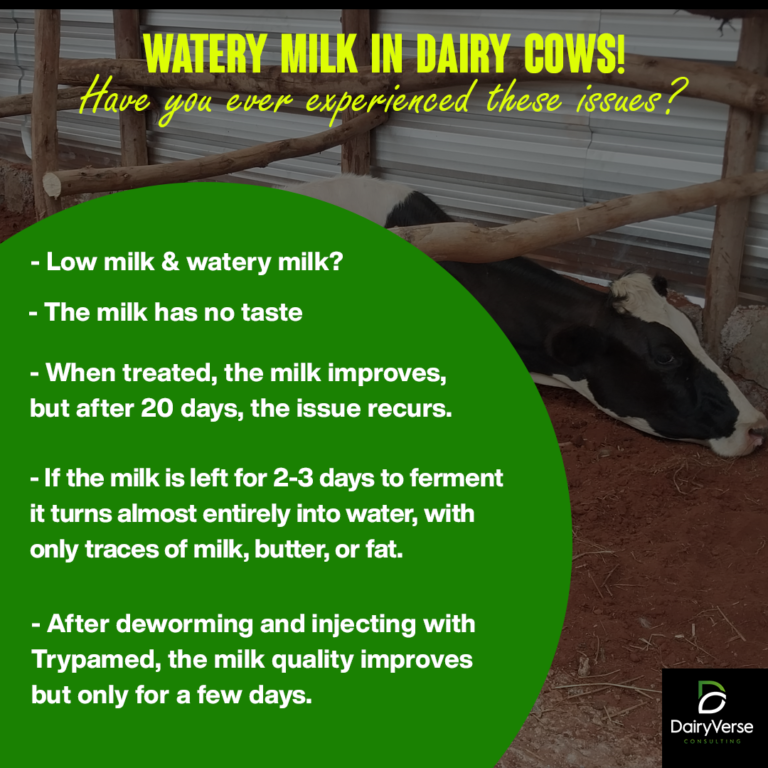
In this article, we’ll explore a specific case where a cow produces watery milk with little to no butterfat. While treatment temporarily improves the situation, the problem reoccurs after about 20 days. Let’s dive into what might be happening and how to address it.
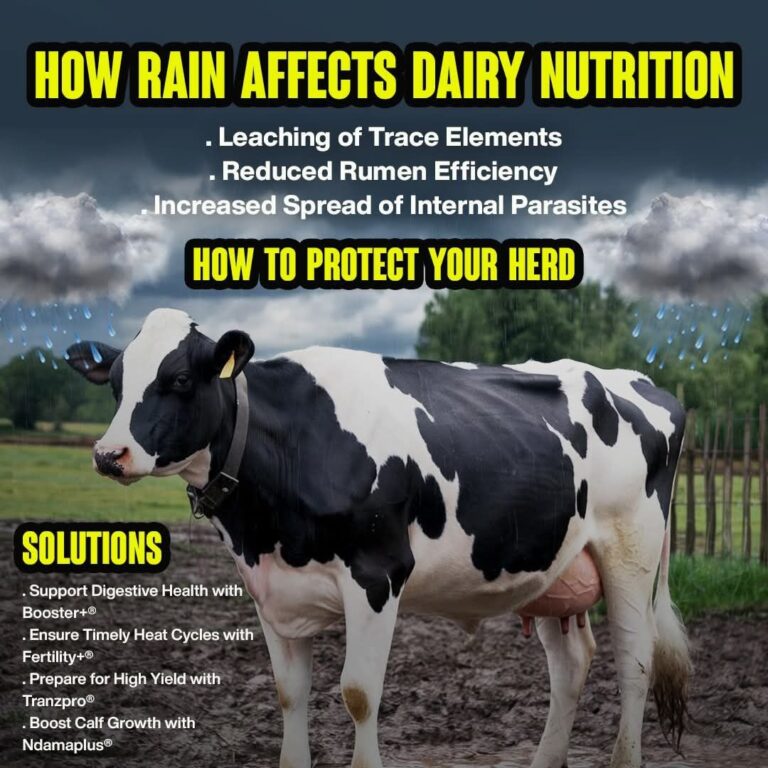
Rainy seasons can significantly impact dairy nutrition, exposing your herd to various challenges that can reduce productivity and overall health. Understanding these effects and taking preventive measures can help you maintain your herd’s well-being and productivity.
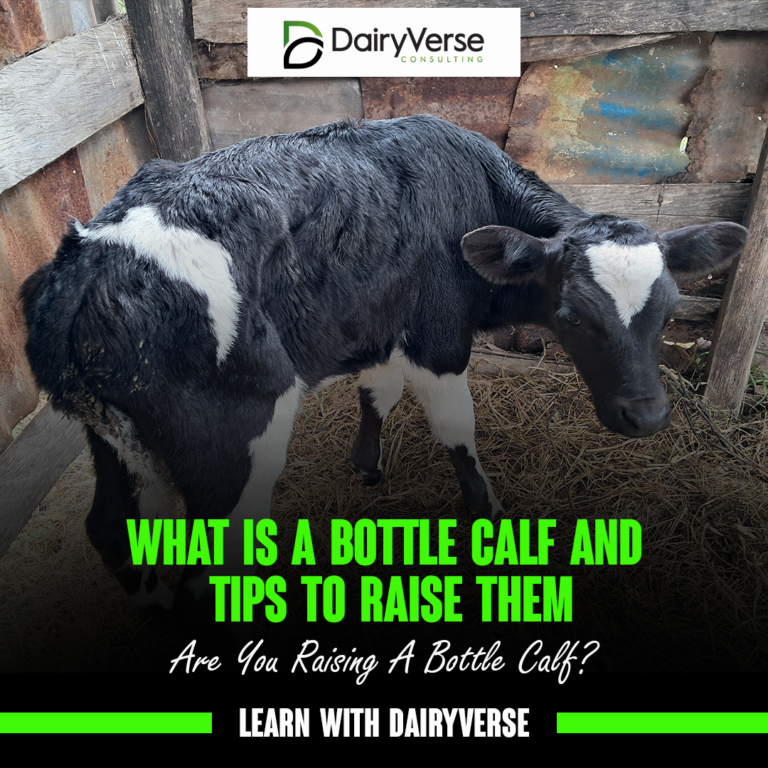
A bottle calf refers to a young calf that is hand-fed milk or milk replacer using a bottle instead of nursing from its mother. This method is often used for orphaned calves, those rejected by their mothers, or in dairy operations where calves are separated for management purposes. Raising a bottle calf requires proper care, nutrition, and attention to ensure healthy growth and development.
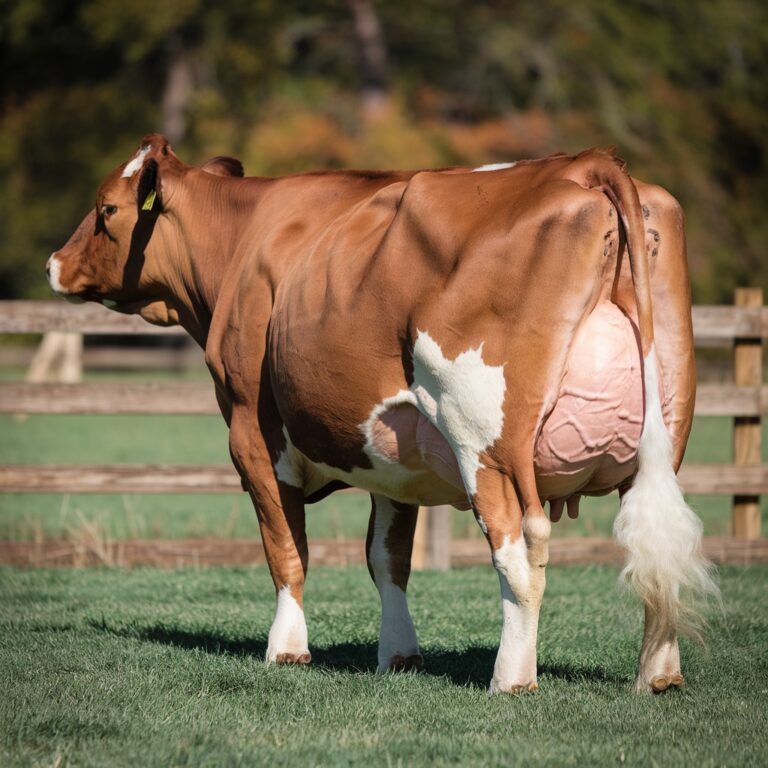
This story was shared by a friend, and it highlights how a lack of knowledge led to the loss of a beloved cow, Kared. Kared was an Ayrshire cow with excellent milk production. Her milk was always sold because we never drank it ourselves, as it was lighter than Holstein milk. But one year, after calving, Kared’s health started to decline.
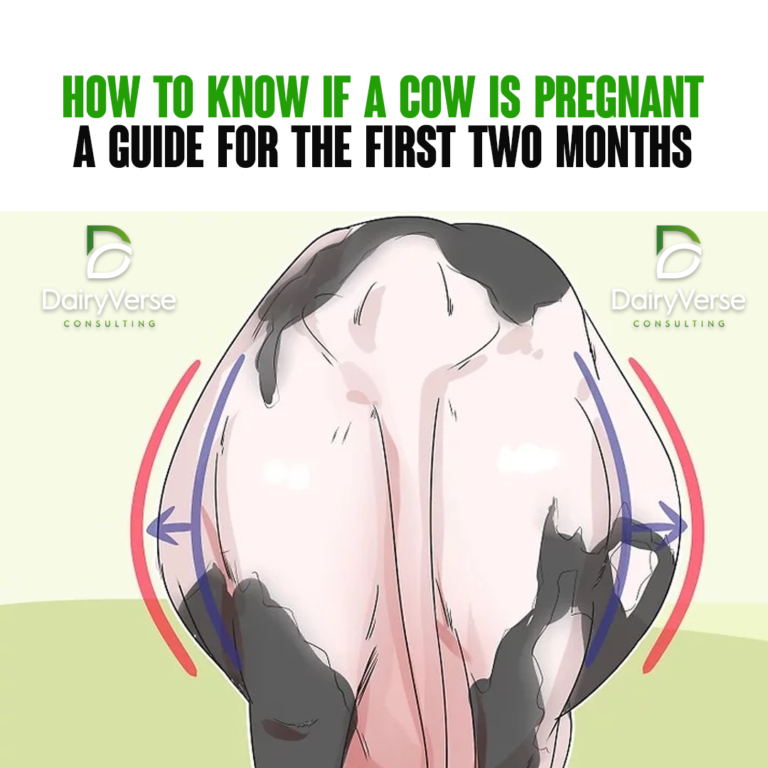
Determining if a cow is pregnant, especially during the first two months, can be challenging but is essential for effective herd management. Early detection helps farmers provide proper care, adjust feeding schedules, and ensure the health of both the cow and the developing calf. Here are some practical ways to identify pregnancy in your cows during the early stages.
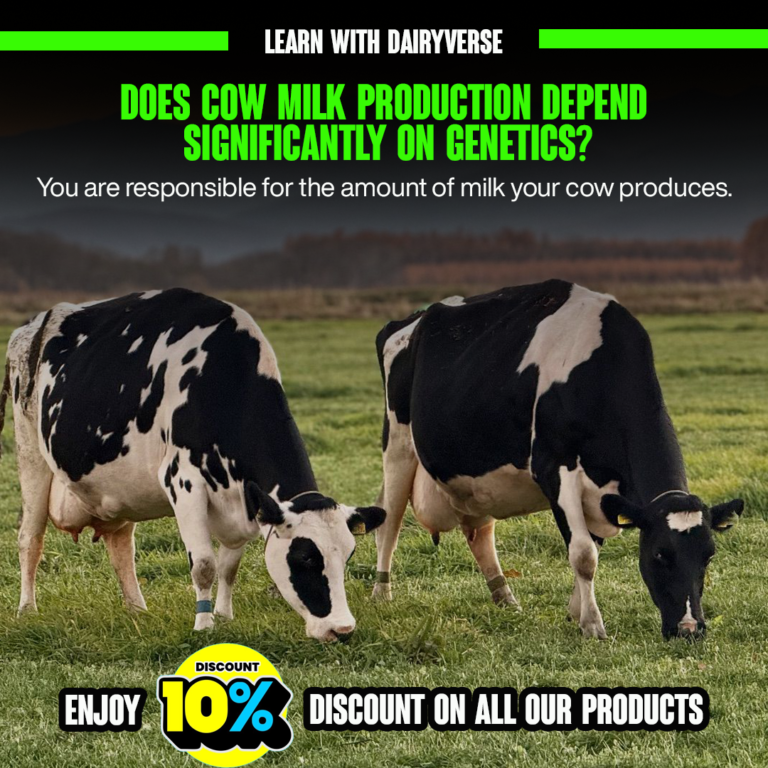
While genetics are important, they’re just one part of achieving high milk production. A cow’s potential is maximized by its…